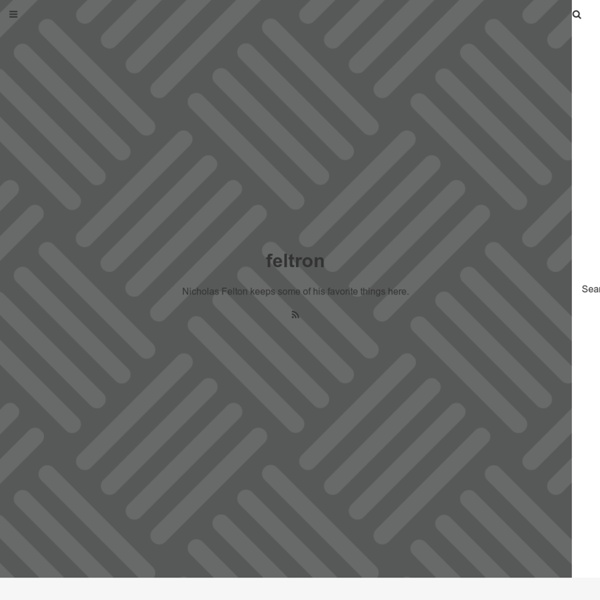



Tabletop Whale Vivien Le Jeune Durhin La Periferia Doméstica maullidos:Gustave Dore's illustrations for Dante's Divine Comedy & John Milton’s Paradise Lost archatlas:Satellite Landscapes Jenny Odell spatula:(via Muller Van Severen | a furniture project by fien muller and hannes van severen) midoriblues:Ikimono Architects DE LA DISTANCIA (JUSTA) | #DECRIMENESLa distancia equivale a separación, a establecer un vacío que impida el contacto, la implicación y el compromiso. (…) El alejamiento minimiza las opciones de configuración (encuadre, punto de vista, etc.) al desvalorizar el eventual repertorio de decisiones adoptado por el operador; y, por otra parte, el alejamiento asegura una imagen más plana en la que el fotógrafo no se siente obligado a destacar nada. En la realización del documento auténtico, como hacer una fotocopia, sería absurdo pretender resaltar un fragmento sobre otro. (Joan Fontcuberta, La cámara de Pandora) palacio negro - Limit— a proposito > Personajes de ficción Pista de salto de esquí.
Datavisualization Latest As I mentioned in my previous post, our collaboration with the Sabeti Lab is aimed at creating new visual exploration tools to help researchers, doctors, and clinicians discover patterns and associations in large health and epidemiological datasets. These tools will be the first step in a hypothesis-generation process, combining intuition from expert users with visualization techniques and automated algorithms, allowing users to quickly test hypothesis that are “suggested” by the data itself. Researchers and doctors have a deep familiarity with their data and often can tell immediately when a new pattern is potentially interesting or simply the result of noise. Visualization techniques will help articulate their knowledge to a wider audience. In the last post, I went into some detail about the difficulties that arise when representing pairwise associations in a dataset that contains a mixture of numerical and categorical variables. -log 1/1000 = log 1000 = 6.9 -log 1/2 = log 2 = 0.69
InfoDesign - Hand-picked since 1997InfoDesign | Hand-picked since 1997 Information Design Studio The World as Flatland – Report 1 Designing universal knowledge by Gerlinde Schuller Lars Müller Publishers, 2009 17 x 24 cm, 304 pages, English Hardcover, with a large amount of images ISBN 978-3-03778-149-4 Available at bookstores worldwide Order the book at Amazon Order the book at Lars Müller Publishers Presskit Knowledge is power. Who is collecting the world’s knowledge? These questions formed the starting point of the research, which resulted in a report exploring the meaning of ‘universal knowledge’ as well as the process of collecting, structuring, designing, and publishing it. The systematic and professional collection of knowledge has always been influenced by economic and political interests and presented as a social and society-changing act. The book also includes essays by Alex Wright (US), Willem van Weelden (NL), Markus Frenzl (D) and Femke Snelting (B). Reviews and interviews on the book Interview with Richard Saul Wurman
THE DAY AFTER YOU DIE blprnt.blg | Jer Thorp Dataisnature Accuracy&Aesthetics Socks Before Matta Clark: Norvell-shapleigh hardware company st louis 1910 (by Captain Geoffrey Spaulding ) Time Chart of Ancient Cartography, by E. (via fuckyeahcartography ) Baltard, Louis P. . the-watched-field François Dallegret, Villa Ironique “‘Project for a home-making machine, ultimate hatcher with nonchalant triangulations to handle the otherwise impossible mission to excrete an appropriate , silly silo conceived to procreate instantly, like no other device on earth, out of any bits and pieces falling straight from outer space’. ethel-baraona (via periferiadomestica ) same as it ever was… illustrations by Chris Ware :: scanned from The Acme Novelty Library Annual Report to Shareholders :: Pantheon :: 2005 heyoscarwilde propaedeuticist The Casa del Mantegna is an incredible example of domestic architecture: it plays (winning) the eternal architectural challenge of inscribing a circle inside a square. affinitaelettive Trevor Paglen - The Last Pictures (by Creative Time ) mikasavela
Well-formed data